Carbon Materials with Tuned Properties
In addition to other inherent advantageous properties, carbon materials offer the possibility of easy tuning of their textural properties and surface chemistry by adequate selection of synthesis procedures, by functionalization, or by heteroatom doping.
Current research is driven by the need to replace expensive metals and hazardous materials which are traditionally used in catalysis, and by the opportunity to develop innovative materials with improved properties for novel applications.
Carbon: Tuning the Surface Chemistry
The presence of heteroatoms (O, N, H, Cl, S, etc.) bound to the edges of the graphene layers in the carbon material originates a variety of surface functional groups. Liquid and gas-phase functionalization methodologies include hydrothermal oxidation of carbon materials with HNO3 and H2SO4 for the incorporation of O-functional groups, solvent-free approach using ball milling for N-doping of carbon materials, or grafting sulfonic acid groups for the preparation of strong acid materials.
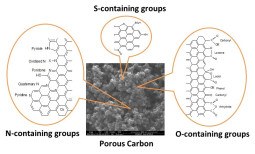
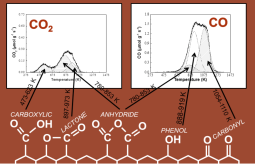
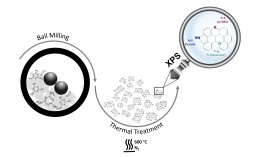
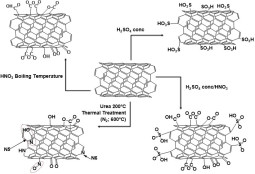
O.S.G.P. Soares, R.P. Rocha, A.G. Gonçalves, J.L. Figueiredo, J.J.M. Órfão, M.F.R. Pereira. Easy method to prepare N-doped carbon nanotubes by ball milling. Carbon, 91, 114-121, 2015
J.L. Figueiredo. Functionalization of porous carbons for catalytic applications. Journal of Materials Chemistry A, 1, 9351-9364, 2013
J.L. Figueiredo, M.F.R. Pereira. The role of surface chemistry in catalysis with carbons. Catalysis Today, 150, 2-7, 2010
A.M.T. Silva, B.F. Machado, J.L. Figueiredo, J.L. Faria. Controlling the surface chemistry of carbon xerogels using HNO3 hydrothermal oxidation. Carbon, 47, 1670-1679, 2009
J.L. Figueiredo, M.F.R. Pereira, M.M.A. Freitas, J.J.M. Órfão. Modification of the surface chemistry of activated carbons. Carbon, 37, 1379-1389, 1999
Carbon: Tuning Textural Properties
The pore sizes of carbon gels and ordered mesoporous carbons (OMCs) can be easily tuned during synthesis. Carbon gels are obtained by carbonization of organic gels synthesized by the sol–gel polycondensation of organic monomers. Their properties are largely determined by the synthesis parameters, in particular the pH. OMCs can be synthesized by nanocasting (exotemplating), which consists in the impregnation of a porous solid (hard template) with a carbon precursor, followed by carbonization, and dissolution of the template. Alternatively, a soft templating route (endotemplating) can be used to prepare OMCs by self-assembly of a thermally decomposable surfactant (such as block copolymers) and carbon precursors (e.g., thermosetting polymers), followed by carbonization. These methodologies are used for the synthesis of hierarchical porous carbons, presenting a defined and interconnected porous structure occurring in different size scales (micro-mesoporous structure).


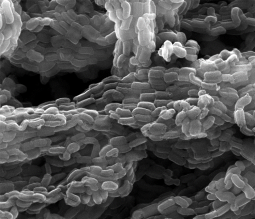
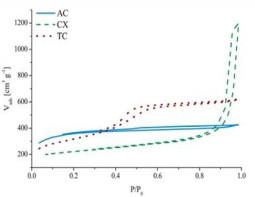
M.Enterría, J.L. Figueiredo. Nanostructured mesoporous carbons: Tuning texture and surface chemistry. Carbon, 108, 79-102, 2016
M. Enterría, M.F.R. Pereira, J.I. Martins, J.L. Figueiredo. Hydrothermal functionalization of ordered mesoporous carbons: The effect of boron on supercapacitor performance. Carbon, 95, 72-83, 2015
J.L. Figueiredo, M.F.R. Pereira. Porous Texture versus Surface Chemistry in Applications of Adsorption by Carbons. In Novel Carbon Adsorbents, Ch. 15, pp. 471–498, J.M.D. Tascon (Ed), Elsevier Ltd., 2012
J.L. Figueiredo, N. Mahata, M.F.R. Pereira, M.J. Sánchez Montero, J. Montero, F. Salvador. Adsorption of phenol on supercritically activated carbon fibres: Effect of texture and surface chemistry. Journal of Colloid and Interface Science, 357, 210-214, 2011
N. Mahata, M.F.R. Pereira, F. Suárez-García, A. Martínez-Alonso, J.M.D. Tascón, J.L. Figueiredo. Tuning of texture and surface chemistry of carbon xerogels. Journal of Colloid and Interface Science, 324, 150-155, 2008






